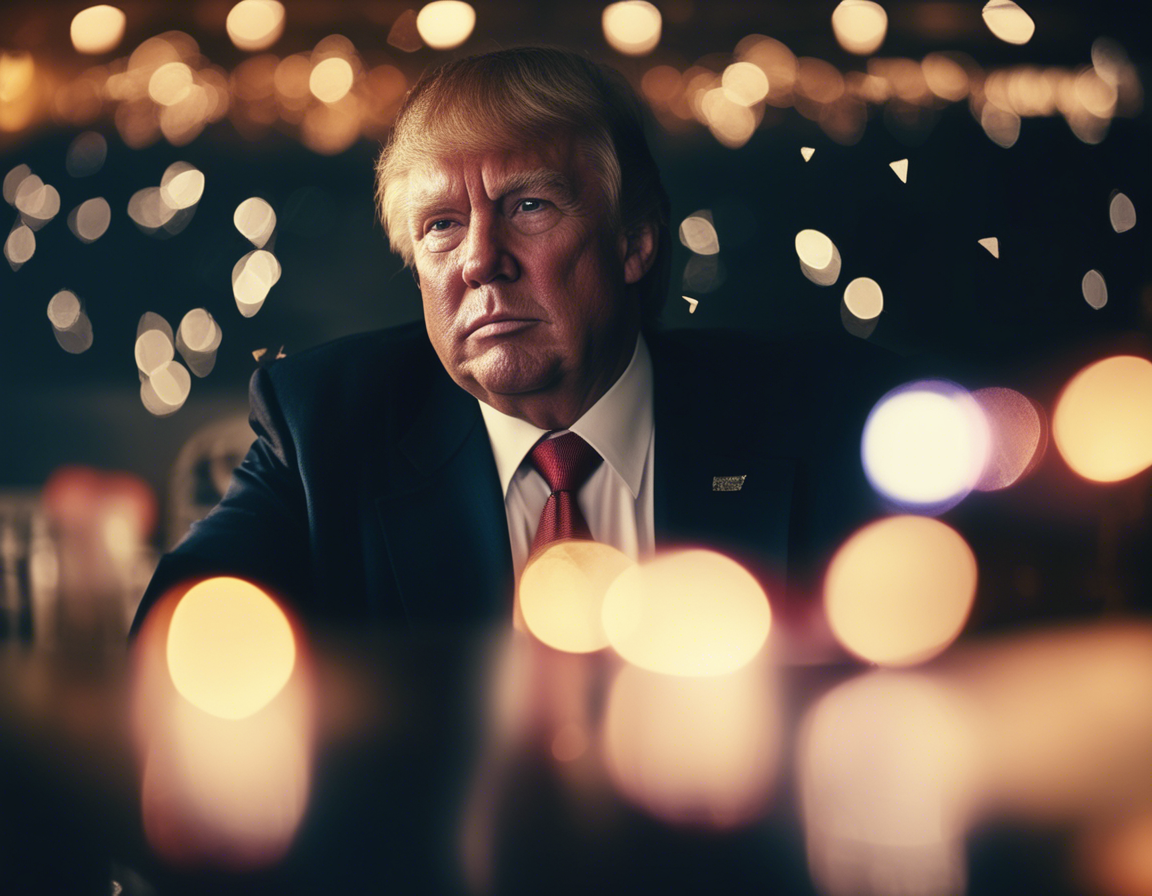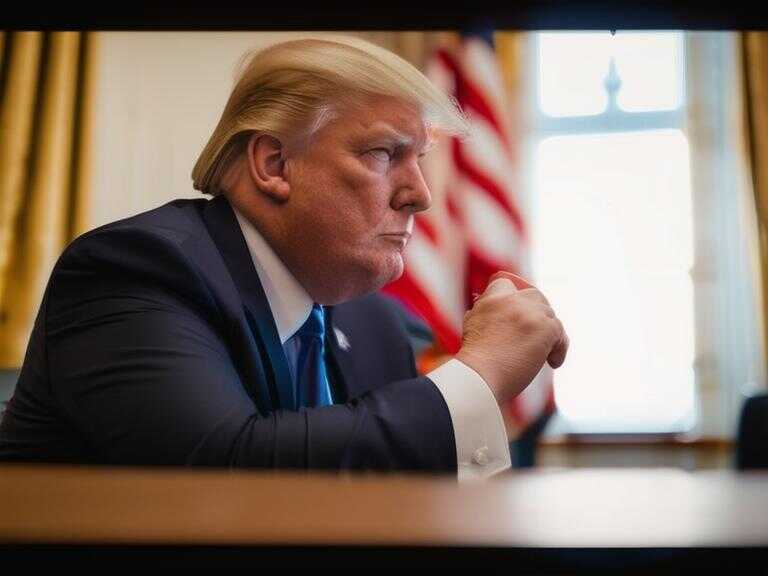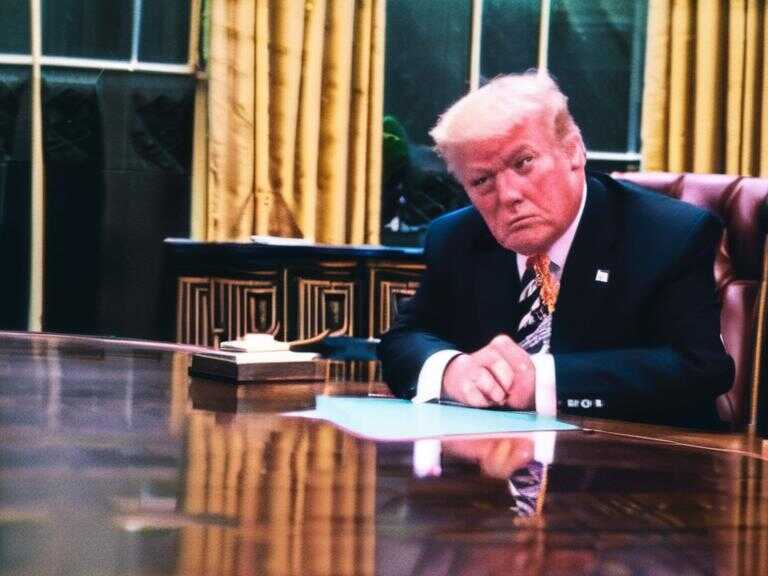
Trump's New Tariffs Spark Global Economic Unease
Trump's new tariffs, averaging 15%, will significantly impact the global economy, increasing uncertainty for manufacturers and potentially leading to higher prices for consumers.

In the ever-evolving landscape of international trade, the actions of one nation can send shockwaves across the globe. This is particularly true when it comes to tariffs – taxes imposed on imported goods. Recent moves by the United States, under President Trump's administration, have triggered a complex chain reaction with far-reaching consequences for both the US and the global economy.
The Ripple Effect: How Global Tariffs Impact the US Economy
Initially announced in April 2019, the Trump administration's imposition of tariffs on a wide range of goods from various trading partners, including China, was framed as a way to protect American jobs and industries. The stated aim was to reduce the US trade deficit and encourage companies to manufacture products domestically. However, the reality has proven far more intricate, with both intended and unintended consequences emerging.
One immediate impact of these tariffs has been on businesses operating within the United States. Many have faced increased costs due to the added expense of imported raw materials and components. This has led to higher prices for consumers, potentially dampening consumer spending and overall economic growth. The burden of these higher costs can also be passed on to workers in the form of reduced wages or fewer job opportunities.
The Tariff Act of 1930, enacted during the Great Depression, serves as a stark reminder of the potential pitfalls of protectionist policies. While initially intended to shield domestic industries from foreign competition, the tariffs ultimately contributed to a global decline in trade and exacerbated the economic downturn.
Adding another layer of complexity is the retaliatory nature of international trade. When one country imposes tariffs on another's goods, it often triggers a tit-for-tat response. This can escalate into a full-blown trade war, harming all participating economies. The current situation involving the United States and China exemplifies this dynamic, with both sides engaging in a protracted exchange of tariffs that has disrupted global supply chains and sown uncertainty in financial markets.
Beyond the immediate economic impacts, the rise in protectionism also poses a threat to the rules-based international order that has underpinned global trade for decades. It erodes trust between nations and creates an environment of instability, making it more difficult to address common challenges such as climate change and global health security.
The Federal Reserve, tasked with maintaining price stability and promoting economic growth, faces a delicate balancing act in navigating this turbulent landscape. While the Federal Open Market Committee (FOMC) has signaled its intention to keep interest rates low to support the economy, the potential for rising inflation due to tariffs adds another layer of complexity to their decision-making process.
Share news















